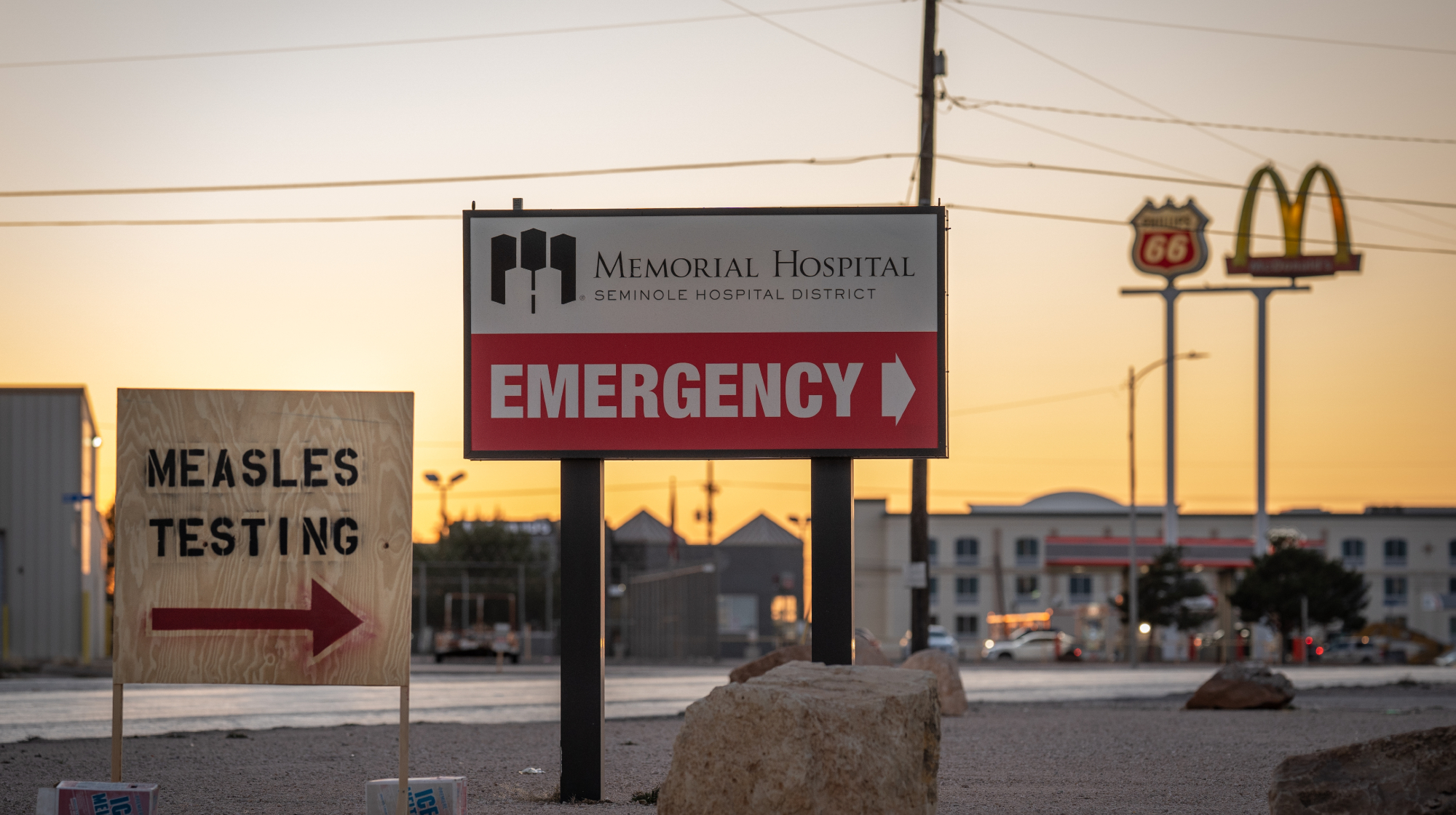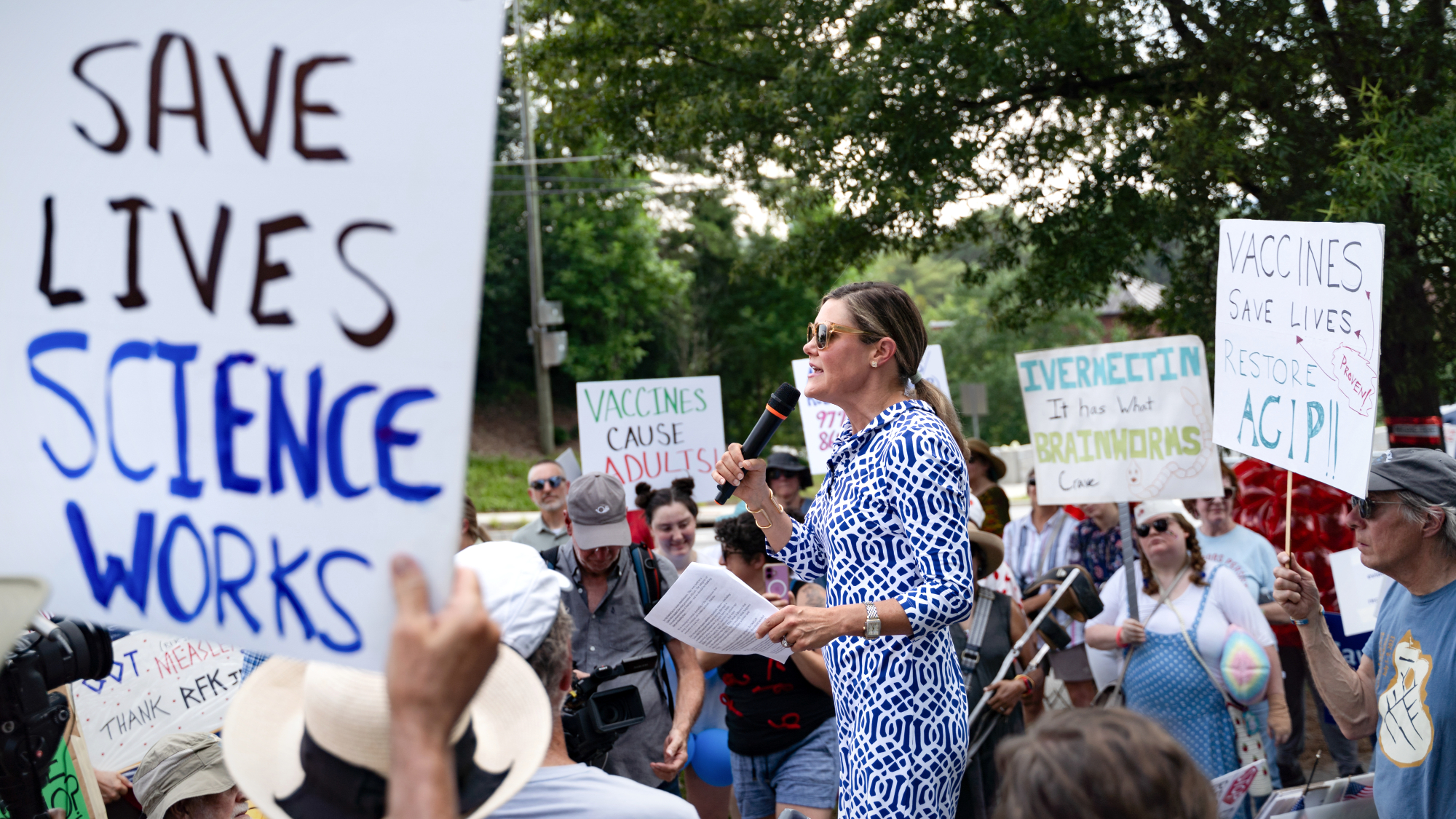CDC: U.S. life expectancy dropped by 18 months in 2020, and double that for Black and Latino Americans


Life expectancy in the U.S. fell by a year and half in 2020, the largest one-year decline since World War II, the Centers for Disease Control and Prevention's National Center for Health Statistics (NCHS) reported Wednesday. The numbers were worse for Black and Hispanic Americans, whose life expectancies plummeted by about three years. For Black Americans, that was the steepest year-over-year drop since the mid-1930s. The COVID-19 pandemic was responsible for about 74 percent of the overall decline in U.S. life expectancy, the NCHS found, and 11 percent of America's 3.3 million deaths.
"It's horrific," Anne Case, a professor emeritus of economics and public affairs at Princeton University, told The Washington Post. "It's not entirely unexpected given what we have already seen about mortality rates as the year went on, but that still doesn't stop it from being just horrific, especially for non-Hispanic Blacks and for Hispanics." Mark Hayward at the University of Texas called the abrupt fall in U.S. mortality "basically catastrophic."
Life expectancy is the estimated number of years a child born in any given year can expect to live, a fairly reliable statistical yard stick for a country's health. A child born in 2020 could expect to live for about 77 years, 4 months, the NCHS estimated, down from 78 years, 10 months in 2019. White life expectancy was 77 years, 7 months; Black life expectancy was 71 years, 10 months; and Hispanic life expectancy, historically above the national average, fell to 78 years, 10 months.
The Week
Escape your echo chamber. Get the facts behind the news, plus analysis from multiple perspectives.

Sign up for The Week's Free Newsletters
From our morning news briefing to a weekly Good News Newsletter, get the best of The Week delivered directly to your inbox.
From our morning news briefing to a weekly Good News Newsletter, get the best of The Week delivered directly to your inbox.
Life expectancy has generally risen a little each year since 1943, when it was 63 years, 4 months. The low point of the 20th century was 39 years, 1 month in 1918, during the last devastating global pandemic.
COVID-19 wasn't the only contributor to the fall in life expectancy. There were also a record-high 93,000 drug overdose deaths, which accounted for 11 percent of the drop in expected longevity, the NCHS reported. Other contributing causes included homicide, diabetes, and cirrhosis and other liver diseases. All in all, that tells a "pretty dark story about what's happening in the U.S.," Case said. Health experts expect the life expectancy numbers to rise again, but not this year and probably not for a couple of years after that.
A free daily email with the biggest news stories of the day – and the best features from TheWeek.com
Peter has worked as a news and culture writer and editor at The Week since the site's launch in 2008. He covers politics, world affairs, religion and cultural currents. His journalism career began as a copy editor at a financial newswire and has included editorial positions at The New York Times Magazine, Facts on File, and Oregon State University.
-
 A peek inside Europe’s luxury new sleeper bus
A peek inside Europe’s luxury new sleeper busThe Week Recommends Overnight service with stops across Switzerland and the Netherlands promises a comfortable no-fly adventure
-
 Space data centers could be joining the orbit
Space data centers could be joining the orbitUnder the radar The AI revolution is going cosmic
-
 Codeword: December 23, 2025
Codeword: December 23, 2025The daily codeword puzzle from The Week
-
 Covid-19 mRNA vaccines could help fight cancer
Covid-19 mRNA vaccines could help fight cancerUnder the radar They boost the immune system
-
 FDA OKs generic abortion pill, riling the right
FDA OKs generic abortion pill, riling the rightSpeed Read The drug in question is a generic version of mifepristone, used to carry out two-thirds of US abortions
-
 The new Stratus Covid strain – and why it’s on the rise
The new Stratus Covid strain – and why it’s on the riseThe Explainer ‘No evidence’ new variant is more dangerous or that vaccines won’t work against it, say UK health experts
-
 RFK Jr. vaccine panel advises restricting MMRV shot
RFK Jr. vaccine panel advises restricting MMRV shotSpeed Read The committee voted to restrict access to a childhood vaccine against chickenpox
-
 Texas declares end to measles outbreak
Texas declares end to measles outbreakSpeed Read The vaccine-preventable disease is still spreading in neighboring states, Mexico and Canada
-
 RFK Jr. shuts down mRNA vaccine funding at agency
RFK Jr. shuts down mRNA vaccine funding at agencySpeed Read The decision canceled or modified 22 projects, primarily for work on vaccines and therapeutics for respiratory viruses
-
 Measles cases surge to 33-year high
Measles cases surge to 33-year highSpeed Read The infection was declared eliminated from the US in 2000 but has seen a resurgence amid vaccine hesitancy
-
 Kennedy's vaccine panel signals skepticism, change
Kennedy's vaccine panel signals skepticism, changeSpeed Read RFK Jr.'s new vaccine advisory board intends to make changes to the decades-old US immunization system
